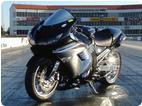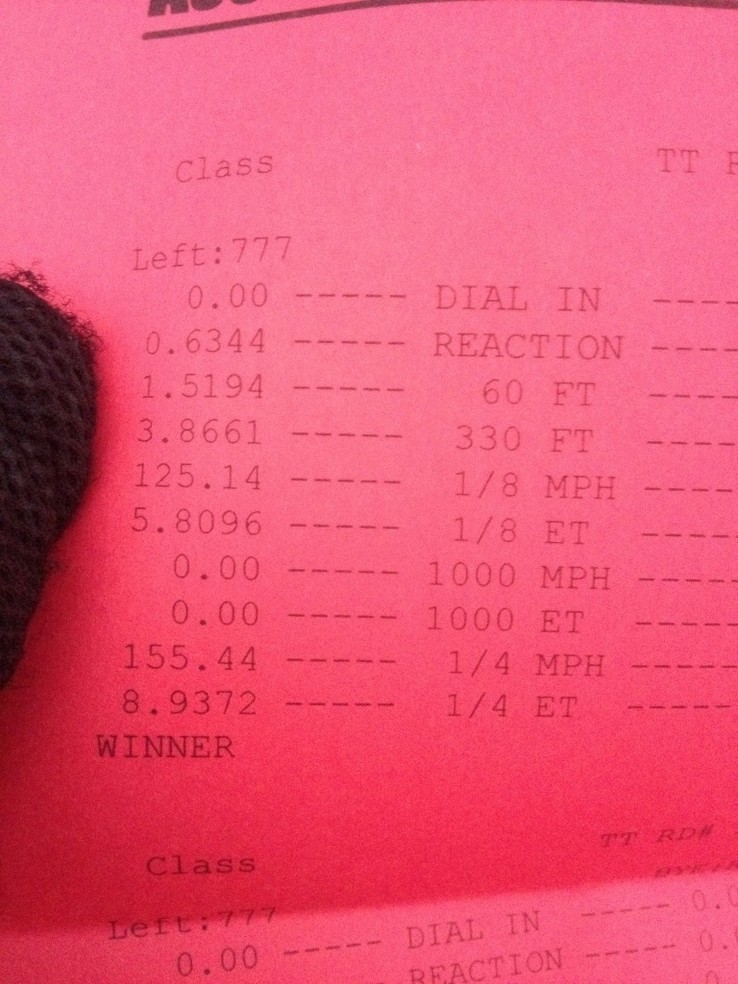Here's an excerpt from an account of someone's visit to the Porsche factory, who specifically asked about the factory red-lining new engines:
http://yel.pca.org/porsche-engine-break-in/
When the test was completed, a Porsche engineer came over to review the results. I couldn’t resist asking the question that I had been searching to find an answer to for all these years. I asked “why does Porsche feel it is safe for a new engine to run at nearly full throttle in the factory, while the customer must keep the engine speed to no more than 4,000 RPM for a 2,000 mile break-in period?” I thought that was a logical question and if I do say so myself-well stated! The engineer replied, “Herr Koop, you do not understand (that I already knew). When we do our engine test, the metals inside the engine never reach the temperatures they would when driven on the street since the test session is fairly short. In other words, the bearings, pistons and cylinders never get a chance to thermally expand to their maximum. Therefore, there is little wear on the moving components. But when you drive a car on the street, the engine parts expand considerably more because of the heat being generated from the engine running for an extended period of time. No matter how tight the tolerances are, there is always a slight amount of expansion in the material. The moving parts can wear quickly if exposed to excessive heat and not always in a uniform way. We also constantly vary the speed and allow the engine to run at both high and low RPM’s”.
“Porsche wants the engine to break-in slowly, which means it needs to maintain a lower operating temperature (below 4,000 RPM) and to allow all parts to adjust (wear-in) within their own thermal expansion parameters. This is also the reason why Porsche wants the owner to vary the RPM throughout the break-in period; therefore the engine doesn’t get use to one operating temperature range”.
“Porsche has been using Mobil 1 Oil since the early 90’s. With its superior lubricating properties, it takes many miles of driving (without getting the engine too hot) before the components actually seat (or break-in). Porsche’s own tests reveal that after 2,000 miles have been driven, all of the moving parts have had a chance to wear into their adjacent surfaces and then an increase in engine RPM is permissible.” I replied, “JA DAS SOUNDS GUT, when you explain it that way, it makes a lot of sense.” I thought to myself “You Dummkopf, why didn’t you think of that”.











